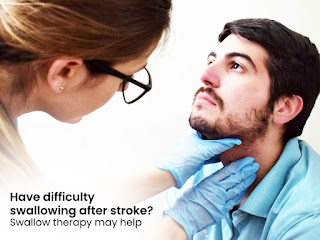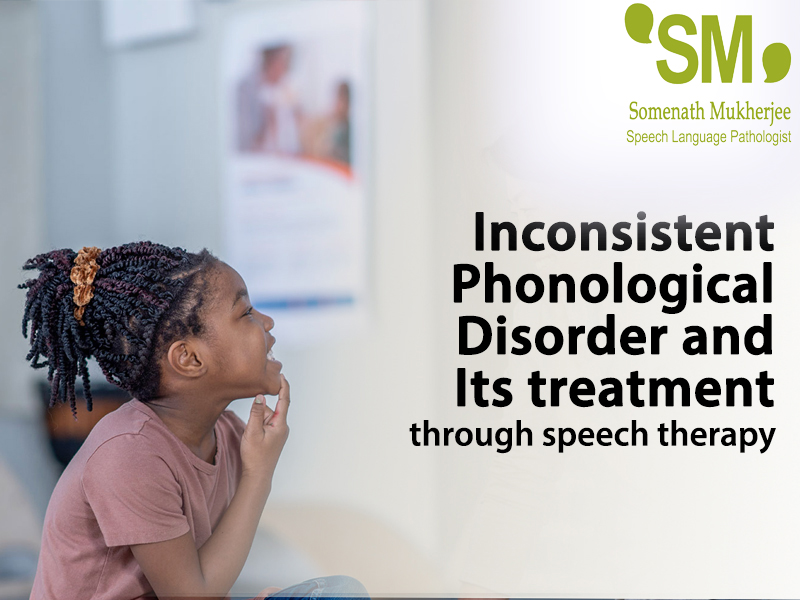Have difficulty swallowing after stroke? Swallow therapy may help

Swallowing difficulties also known as Dysphagia are common in stroke patients. However, swallow therapy may help to manage the condition, said a speech therapist . Dysphagia occurs when a stroke damages the part of the brain that controls swallowing and affect the muscles involved in swallowing. As a result, stroke patients may experience problems such as coughing or choking while eating or drinking, food or liquid going down the wrong way or taking longer to chew or swallow. But the symptoms of Dysphagia can be managed with the help of swallow therapy by a speech therapist in Kolkata . Causes and symptoms of Dysphagia The exact cause of Dysphagia in stroke patients depends on the severity of the stroke. The best speech therapist in Kolkata highlighted some common factors that can contribute to Dysphagia in stroke patients. Weakness or paralysis of the throat muscles : If the stroke affects the muscles in the throat, it can make it difficult to swallow. Impaired sensation in the
.jpg)

